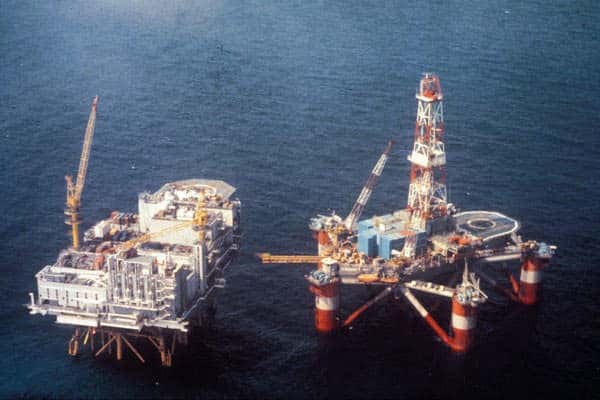Remembering an Accident: Alexander L Kielland Disaster

The Alexander L Kielland, a semi-submersible drilling rig platform, capsized on the Edda field in the North Sea, March 1980, killing 123 people.
The semi-submersible platform Alexander L Kielland gave accommodation to 212 workers on the evening of March 27, 1980. Of these, 123 workers aged between 19 and 57 died when the floating hotel capsized.
A bridge linked the ‘flotel’ to the Edda 2/7C drilling platform, extracting on the Ekofisk field in the middle on the North Sea. Ekofisk lies approximately 235 miles east of Dundee, Scotland, on the Norwegian continental shelf.
Rain pounded the platform on the day of the incident, with strong winds creating waves up to 12 miles high. Shortly before 6.30 pm, five of the platform’s cables securing the platform to the sea floor snapped. One of the platform’s five legs broke away, leaving it off-balance by 30° and at risk of capsizing.
Evacuations immediately began, but several lifeboats failed to launch because of their design . The platform was stabilized for 14 minutes by the single remaining cable, which ultimately snapped, and the platform rolled over.
In total, only 89 people on the platform that night survived the disaster of the Alexander L Kielland.
An official investigation found that poor welding and overloading on the platform’s D column caused cracking in its bracings. Eventually, harsh weather wore away at this and tore the leg off. The investigation also decided that a better command structure could have saved more lives in the 14 minutes after the first tilt.
US-based Phillips Petroleum operated the platform when it capsized, and ConocoPhillips still operates in the area. The company emphasises that it has improved safety since, aiming to never have another major disaster.
As a result of the Alexander L Kielland disaster, Norway restructured and combined the authorities responsible for overseeing offshore activity.
Five years later, it made offshore operators directly responsible for their employees’ safety. The event still marks the worst industrial accident in Norway’s history.
Source: Offshore Technology, “The World’s Worst Offshore Oil Rig Disasters.”
Circumstances can crop up anywhere at any time if proper and safe sequence and procedures are not planned and followed. We encourage you to learn and use the TapRooT® System to find and fix problems.
TapRooT® has a team of investigators and instructors with years of extensive training ready to offer assistance worldwide. We also offer ongoing support to our clients through free newsletters and root cause tip videos, the root cause analysis blog, and our annual Global TapRooT® Summit.
Register for one of our TapRooT® courses. We offer a basic 2-day course and an advanced 5-day course, as well as many other customized courses.
Contact us to discuss training your employees on-site. You may also call us at 865.539.2139 to speak to an instructor, schedule an executive briefing, or book on-site training for your team. We’re here to find solutions for you.




… 12 miles high… ??? perhaps you meant meters